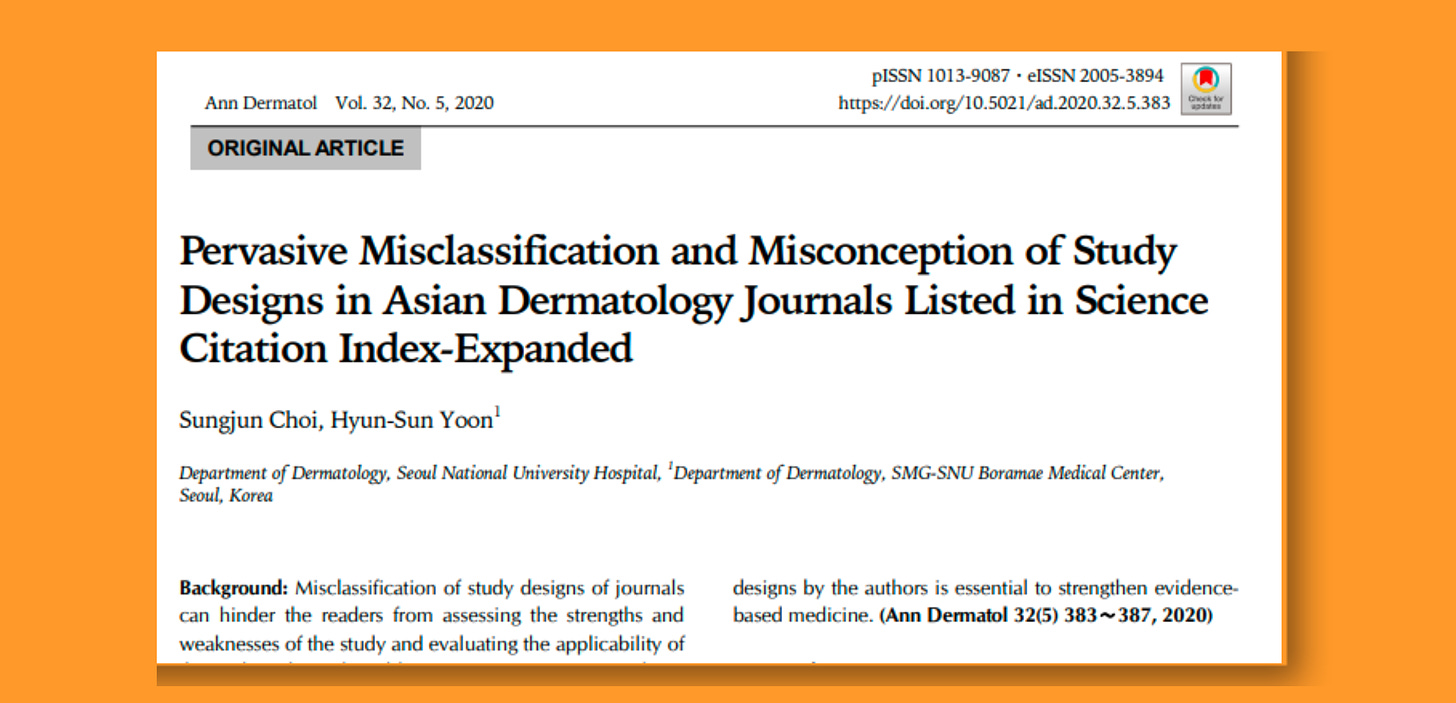Hi! I hope you are well. In this video, I will share the 7 most common study designs every researcher should know.
However, as promised on my LinkedIn, here is a video tutorial on how to convert ChatGPT to Grammarly for FREE! Please subscribe for future tutorials.
Now back to our topic, have you ever heard of the following study designs?
Prospective case-control study
Randomized case-control study
Cross-sectional case-control study
I am glad you haven’t because they do not exist.
However, many researchers unknowingly mislabel their studies with such terminology, leading to misinterpretation of findings.
Sometimes authors don't mention the study design in their paper at all.
So, I am on a campaign to tell more people about study designs and that’s what we will cover below:
Cohort study -
In this study design, the exposure (or risk factor) is known (e.g., smoking), but the outcome (or disease status) is unknown (e.g., cancer).
It can be both retrospective and prospective.
Case-control study -
In this study design, the exposure status is unknown, but the disease status is known.
Case-control studies are always retrospective, i.e., you look backward to see if people develop the disease.
This is the best design for rare outcomes.
Cross-Sectional Study -
In this study design, both the exposure and the outcome status is uknown.
A cross-section refers to a single point in time or a descriptive snapshot of the study population.
There is no temporal relationship between the exposure and outcome i.e., you can’t tell whether the exposure occured before the outcome.
Ecological Study -
This study design, examines the relationship between an exposure and an outcome in groups of people rather than individuals.
It can be prospective or retrospective.
Inferences are made at population level. It does not allow for the examination of individual-level factors.
Randomized Control Trial -
This is an interventional study.
The investigator assigns the exposure status through randomization and follows the study population over time to measure the outcome.
It is always prospective.
Quasi-experimental design -
This is an interventional study in which investigator assigns the exposure status for each individual through a process other than randomization.
Typically due to cost, logistical, cultural, social, or political reasons.
Systematic reviews and meta-analysis -
These studies amalgamte other studies and the results are synthesized after papers are included in a systematic, unbiased and reproducible manner.
That is it! I hope this was useful.
Regards,
Asad
My Linkedin/ My Twitter
Extras:
🤝Talk to me: To discuss your project or review your cover letter/CV (4 weekend slots only)
☕Buy me a coffee (Thank you to Gilbert Denila for being the first person to buy me a coffee)





